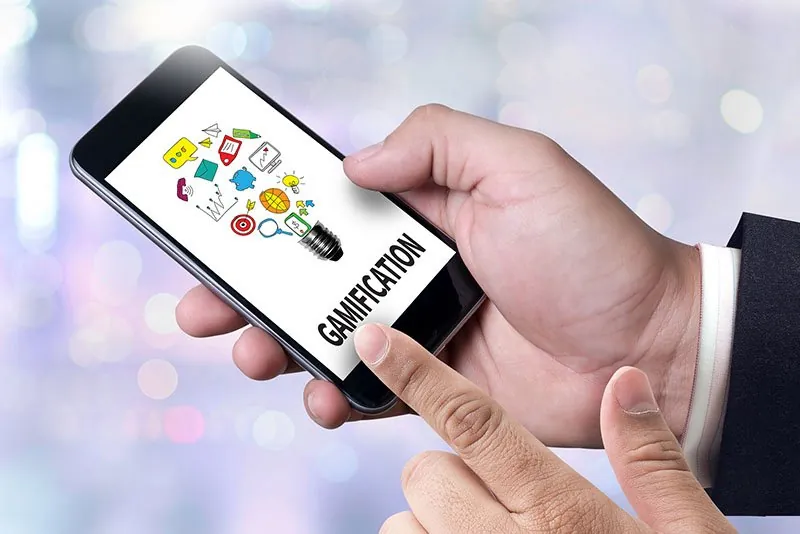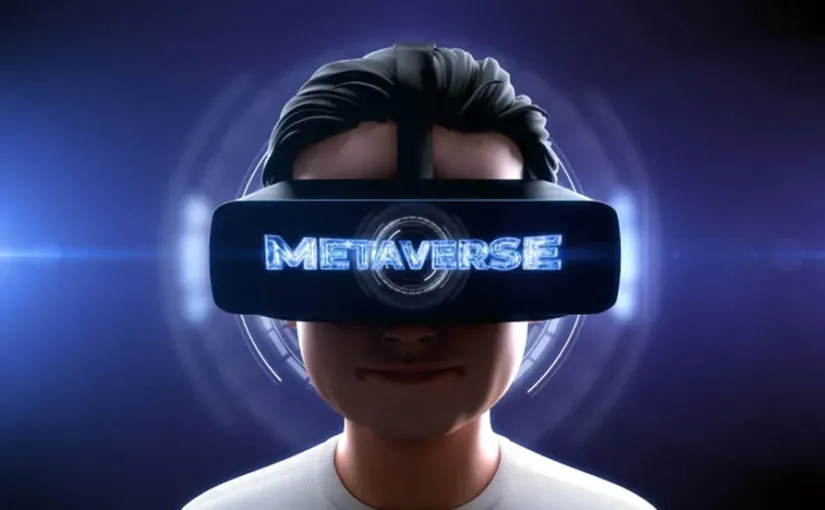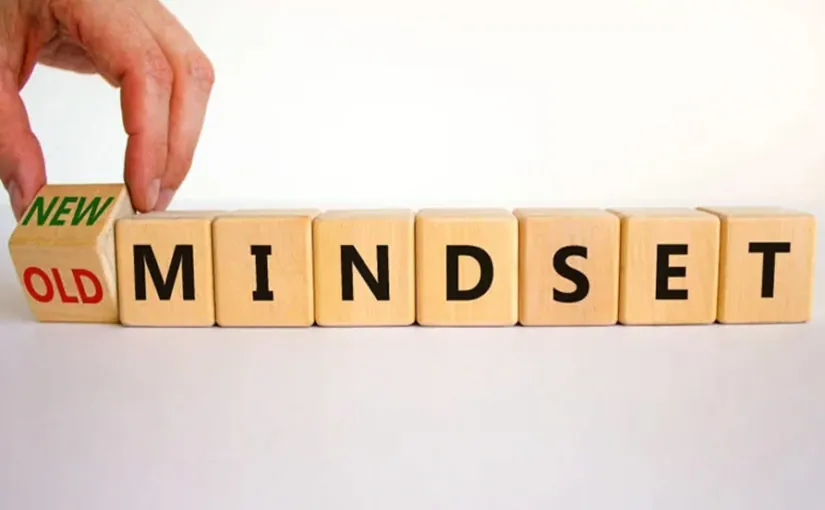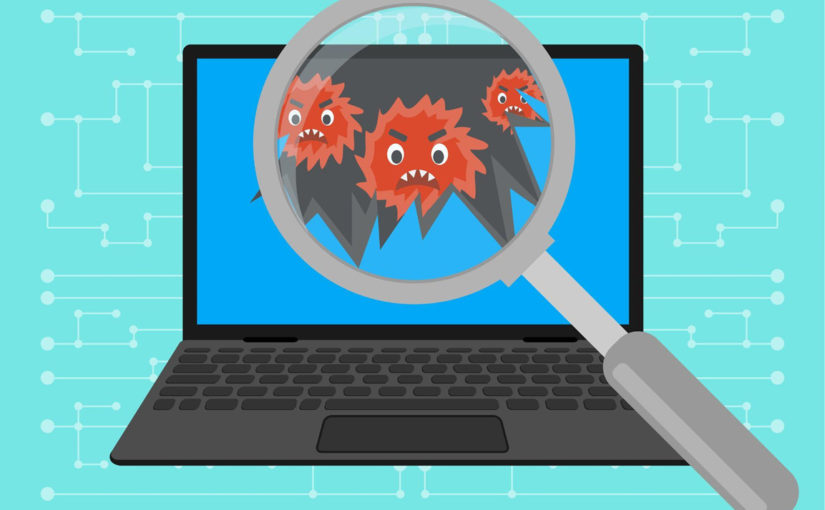Gamification is about using game play mechanics in the work-place to drive specific behaviours and actions in a fun and entertaining way.
Lets say you are customer facing business where punctual attendance is crucial.
You could beat late coming staff with the proverbial stick or motivate them to arrive on time using gamification.
How?
By creating a publicly viewable league table for punctuality where winners receive badges, rewards and kudos and where habitual latecomers are named and shamed, you can turn timely attendance into a competition, which motivates staff to be punctual.
As an eLearning company, Skillshub is committed to creating efficient and impactful learning experiences. Contact us to find out more.
Of course your eLearning platform needs to support this but gamification is an excellent way to mix up the bespoke elearning solutions that you are providing your staff.
Here’s 4 gamification examples you can use in the workplace.
1. Health And Well-being
The healthier your staff are, the longer they will live and the better they will perform for you.
It’s win-win.
So, why not gamify fitness?
Apps like FitRPG allow you to turn staff exercise into a game by syncing with the FitBit Activity tracker.
You can set up fitness competitions with staff which include league tables, rewards and badges.
By creating a healthy buzz and sense of competition around exercise you’ll motivate your staff to get fitter.
2. Training And Orientation Of New Starters
Do you find that new hires get to the end of the orientation period knowing very little about the organisation?
If so, why not gamify new hire induction and socialisation.
You can deploy a system which gives new hires points for reading selected induction documents around: values, policies, products and services and for making social media connections to certain staff, and attending selected social media related internal forums.
3. Knowledge Development
Many people need to be motivated to learn new skills.
A stick is rarely used to encourage learning although carrots, (in the form of certification related pay rises) are used.
You can also motivate people to learn via gamification.
Gamified virtual reality simulations where individuals score points for exhibiting the right behaviours are a great tool for embedding learning.
4. Improve Uptake Of Surveys.
Employees really don’t like surveys, be they: engagement surveys, exit interviews, new hire experience surveys etc.…
Research has shown that if you can ask survey questions in a gaming format, e.g. turning questions into puzzles you’ll get a better response rate.
For example in this case study, a question such as “Describe yourself” yielded on average 2.4 descriptive words, with effectively 85% of respondents answering.
When that question was changed to “Describe yourself in exactly seven words” the descriptors increased to an average of 4.5 and the response rate rose to 98%.
You can also incorporates rewards and league tables too if desired.


 Gamification is about using game play mechanics in the work-place to drive specific behaviours and actions in a fun and entertaining way.
Gamification is about using game play mechanics in the work-place to drive specific behaviours and actions in a fun and entertaining way.










